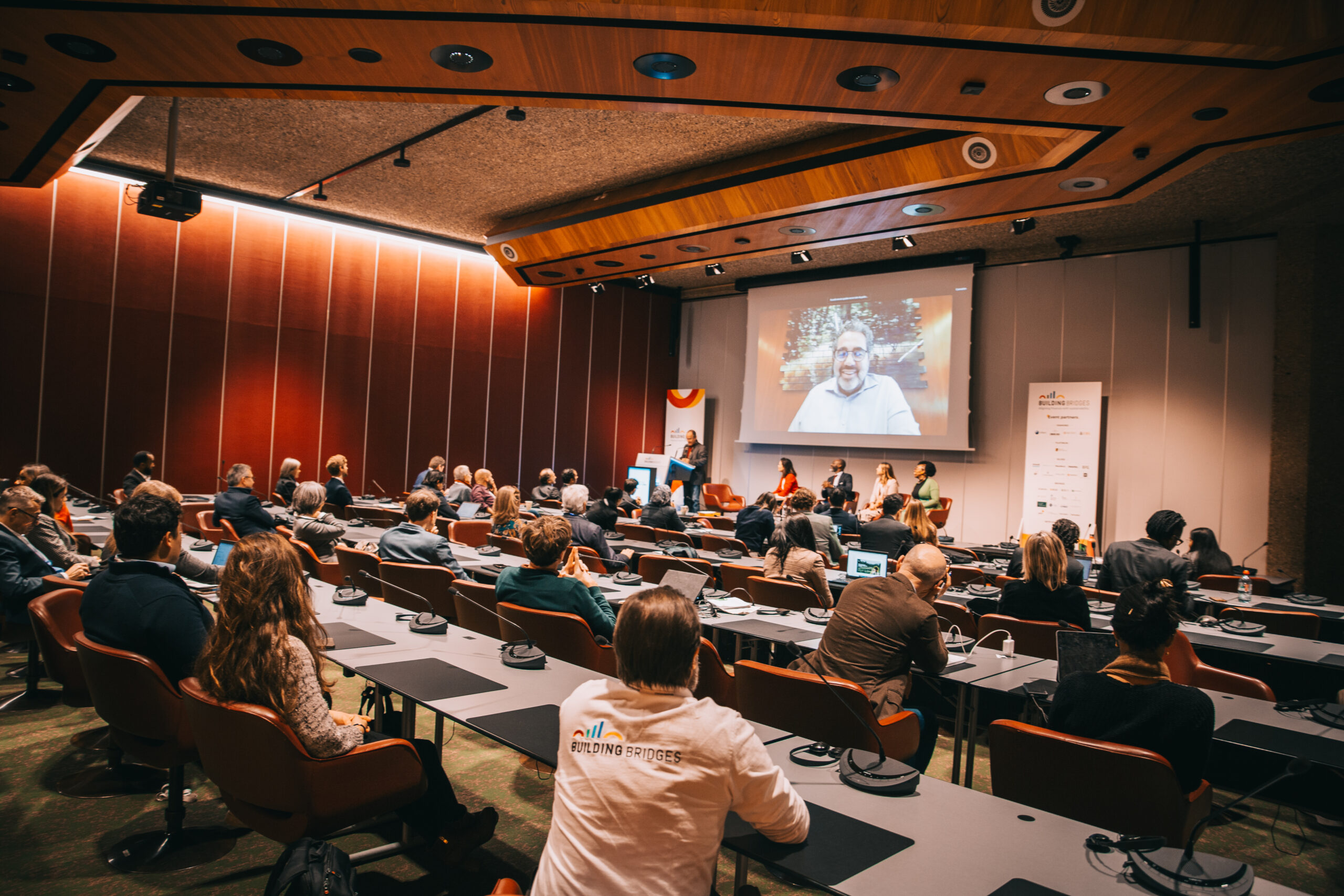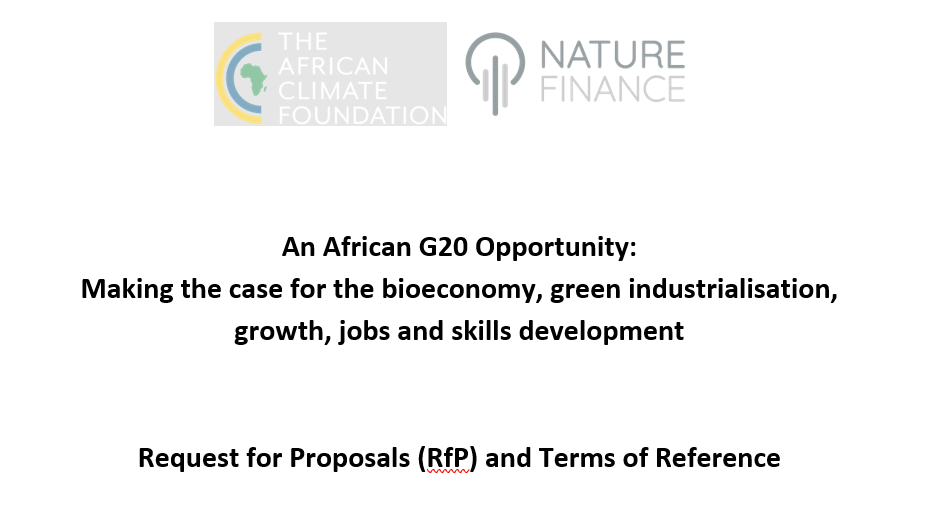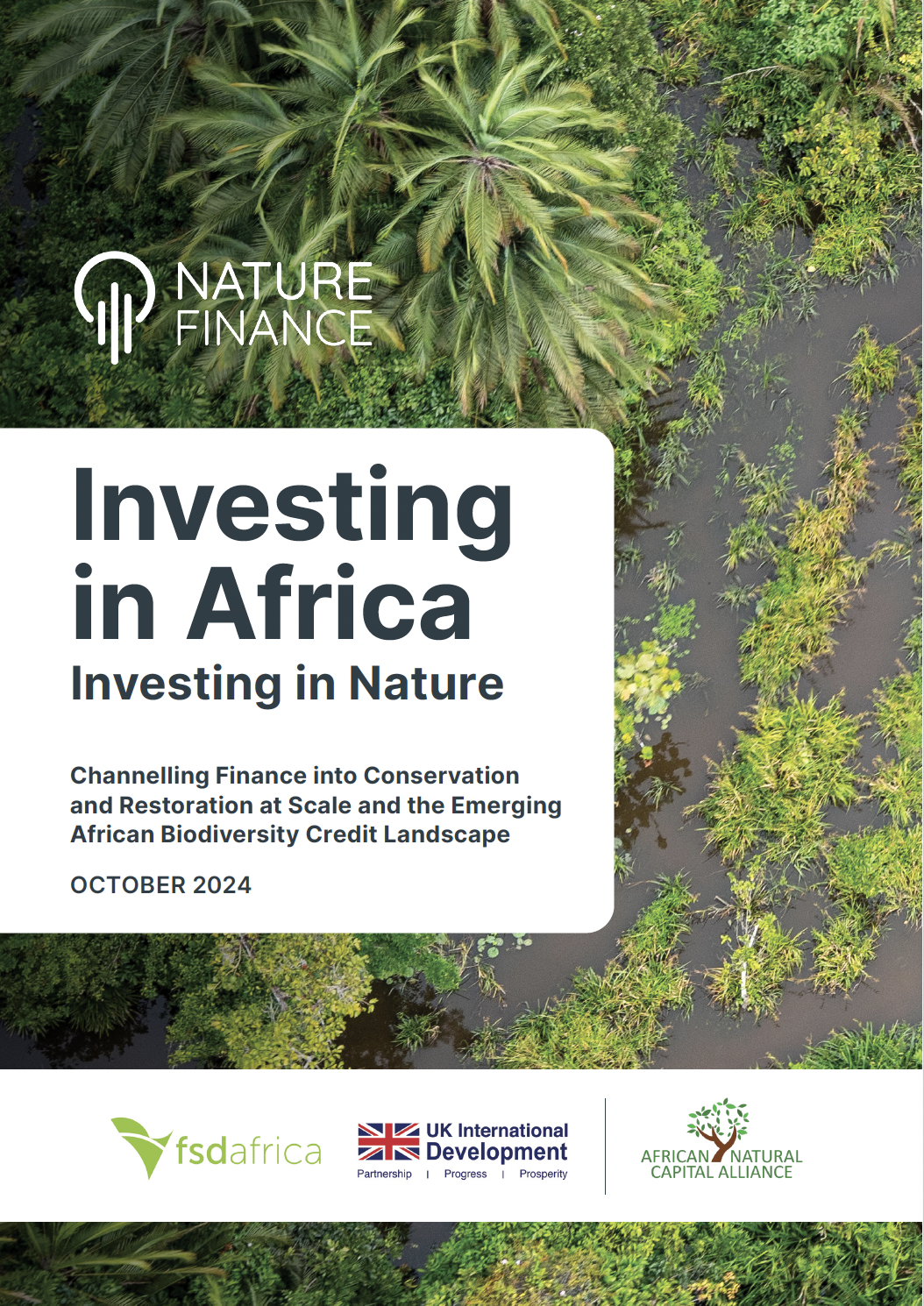- Final edition of ‘Greenness of Stimulus Index’ (GSI) concludes that only 10.6% of Covid-19 stimulus funding from major economies will have a positive impact on the environment.
- 17 countries improve their green score since February. Denmark remains top performer with US, Norway and South Africa among those moving up the Index. Russia, Turkey and Singapore are worst performers.
- New analysis of forthcoming stimulus spending by ten EU countries shows only 8% of spending will enhance nature.

The $17.2 trillion of public stimulus money injected into the global economy to help it recover from Covid-19 continues to have a net negative impact on climate and nature, reveals a research report from Vivid Economics and NatureFinance (formerly known as Finance for Biodiversity (F4B)) today. 17 countries including the US, UK and Norway have, however, improved the ‘greenness’ of their stimulus packages in recent months.
The findings – from the sixth and final edition of the ‘Greenness of Stimulus Index (GSI)’, which analyses the G20 countries and a further ten national economies – show that US$4.8 trillion (28%) of the total US$17.2 trillion stimulus announced to date is going to environmentally intensive parts of the economy, but only US$1.8 trillion (10.6%) will have a net positive impact on the environment and green sectors. In this analysis, ‘green’ refers to stimulus spending into the energy, transport, industry, agriculture and waste sectors that reduces greenhouse gas emissions or enhances nature and biodiversity.
The report finds that since the last GSI was published in February 2021:
- The total quantity of measured stimulus has increased to US$17.2 trillion from US$14.9 trillion. This increase is driven by the United States’ $US1.9 trillion American Rescue Plan Act. There were also increases in stimulus packages in the United Kingdom ($US89 billion), Italy ($US88 billion), Germany ($US71 billion), Indonesia ($US48 billion), and Japan ($US45 billion).
- Overall, 17 countries improved their GSI scores in this edition. These are: Australia, Brazil, China, Colombia, the European Union, France, Germany, India, Italy, Mexico, Norway, Russia, Saudi Arabia, South Africa, Spain, the United Kingdom and the US, while 10 countries’ scores decreased: Canada, Denmark, Finland, Indonesia, Japan, Philippines, Singapore, South Korea, Switzerland, and Turkey.
- Stimulus to date will have a net negative environmental impact in 20 of the 30 countries analysed. The world’s three most populous countries – China, India and US – improved their GSI scores but still remain on the net negative side of the Index alongside Australia, Italy and others. This is largely owing to the support they provide to existing environmentally intensive sectors with negative environmental impact, though their scores improve in this edition.
- In the US, compromises have significantly reduced the potential positive impacts of Biden’s climate investment agenda so far, with the $1.9 trillion American Rescue Plan focused on health and social welfare rather than the environment, and renewable energy provisions largely stripped out of June’s bipartisan infrastructure agreement. While big spending may yet come through a budget reconciliation process – which requires only a simple majority in the Senate – the investment needed to catalyse a green recovery in the US has yet to materialise.
- Denmark leads the global league table with a score of 68 although its score dropped in this edition due spending that went into the business-as-usual economy.

Chart summarising the 6th Greenness of Stimulus Index: positive & negative contributions + index position
As part of this work, ground-breaking new analysis – using an extended GSI methodology to distinguish between climate and nature impacts – on ten forthcoming European country stimulus packages (known as National Resilience and Recovery Plans or NRRPs) reveals that nature and biodiversity have been particularly neglected in the plans.[1] Even where funding has been ‘green’ it has largely focused on reducing carbon emissions, rather than taking wider nature impacts into account too. For example, a €4.5 billion French investment in national rail modernisation will help the climate by reducing use of personal vehicles, but will damage natural habitats and ecosystems through laying track. France’s NRRP scores 91 out 100 for its climate impact, but just 13.5 for its nature impact, and achieves a combined score of just 3.4, which illustrates a major imbalance between the amount it spends on nature- versus climate-relevant investments.
In total, of €500 billion of NRRP stimulus across ten European countries analysed, 98% of climate-relevant spending would reduce emissions, but only 46% (€40 billion) of spending relevant to nature (i.e. excluding healthcare and non-relevant sectors) will actually strengthen nature, demonstrating the importance of assessing the impact of spending upon climate and nature separately. This means that the majority of nature-relevant spending – €47 billion – is likely to damage nature and biodiversity. Investment in nature-based solutions such as reforestation, urban greening and wetland restoration which offer both economic and environmental benefits constitutes just 1% of NRRP spending.
Jeffrey Beyer, Economist at Vivid Economics and lead author of the report, said: “With stimulus programmes winding down, it is the end of the beginning of the Covid-19 recovery. We can only build back better sustainably if we protect the climate and nature. Unfortunately, it is impossible to justify the fact that public stimulus money is doing more harm than good to our climate and biodiversity, which underpin our economy. Nature has been particularly neglected, with fewer than ten of the countries we studied investing in nature-based solutions such as reforestation or wetland restoration. Ignoring nature misses out on the triple-win opportunity for jobs and the economy, climate, and biodiversity.”
As stimulus programmes begin to wind down across the world, today’s comprehensive GSI report will be the final Index, as the GSI evolves into a post-stimulus national budgeting assessment tool. Understanding the environmental effects of public spending – and, in particular, separating the impact to climate and nature – will be critical in the months and years to come, both to provide governments with a tool that connects spending decisions to climate and nature outcomes, and for civil society to hold governments to account on pledges to build back better.
[1] Vivid Economics. (2021). Fund Nature, Fund the Future. https://www.vivideconomics.com/wp-content/uploads/2021/06/Fund-Nature-Fund-the-Future.pdf








